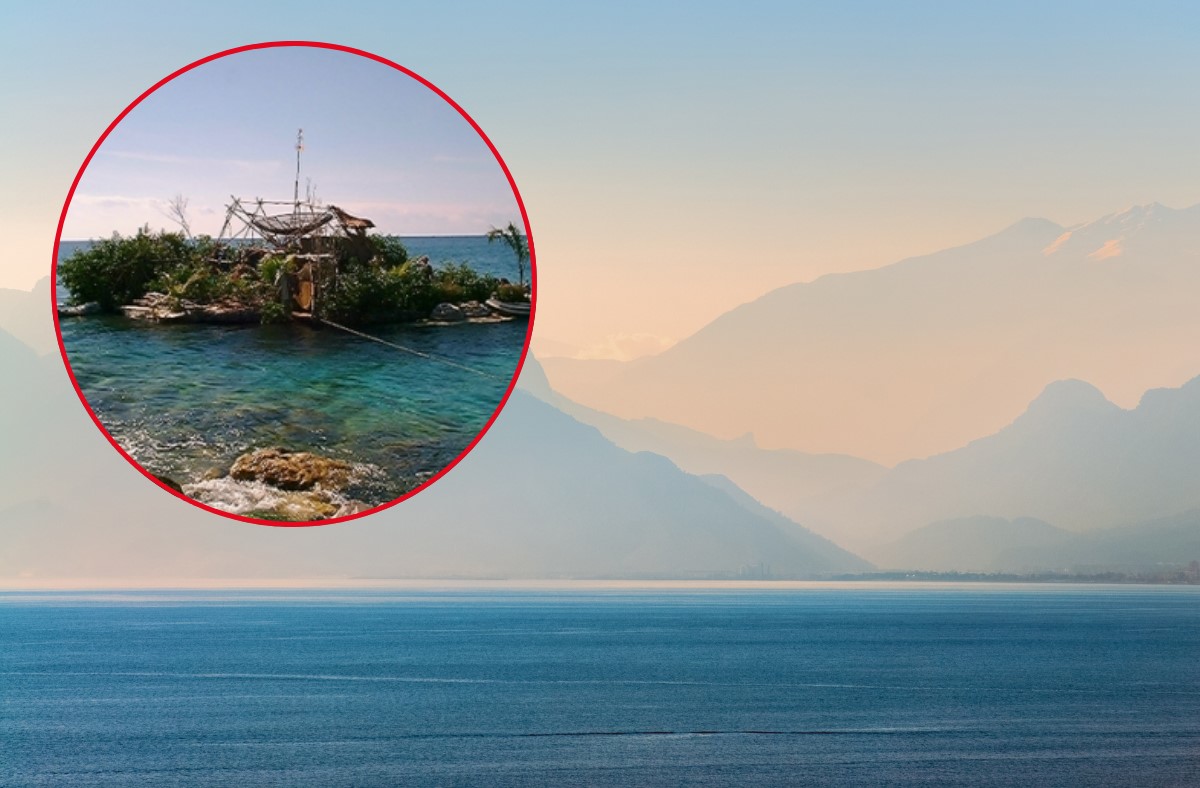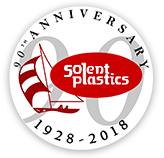 Add My Company
Add My Company
Richart Sowa: Eco-Innovation at Sea

British artist Richart Sowa hit the headlines all over the world when he started living on Joyxee Island in picturesque Isla Mujeres Bay, off the coast of Cancun, Mexico.
Dubbed the “British Robinson Crusoe” by the media, the environmental champion constructed the floating island paradise in the Caribbean Sea by recycling 100,000 plastic bottles, wooden pallets and plywood.
It became a major tourist attraction and later his home, before it was irreparably damaged by gales and high seas in 2019.
Now Sowa, who describes himself as designing “ecological solutions to global problems”, has revealed he’s constructing a new island of plastic bottles off the coast of Brazil. He told social media followers that Trashure Island, in the Bay of Itacaré, would be an “educational tourist attraction”. Up to 100 visitors will be welcomed daily to learn practical lessons on recycling and saving the earth’s natural resources by living an eco-friendly lifestyle.
Richart Sowa inspiration
Sowa, aged 70, was brought up in Middlesbrough, in an era when recycling and saving the environment weren’t as popular. However, he always believed in an ethos of “reduce, reuse, recycle” and had ideas way ahead of his time. As a youth, he dreamed of making an artificial island from recycled products.
A skilled carpenter, he moved to Germany to look for work in the mid-1970s, but his true calling was as an artist and eco-friendly innovator. He had the unique idea of building an island from recycled bottles in 1977 and drew a picture of his plans, with the island resembling a giant man’s head in a straw hat and the brim containing thousands of plastic bottles.
It took him two decades to realise his dream, after eventually settling down in 1996 in Mexico. Drawing on his vivid imagination, Sowa decided to make his plastic bottle island a reality, with the aim of showing the world the potential uses of plastic.
Plastic islands’ history
Sowa chose Playa Zipolite beach in San Pedro Pochutla, off the Pacific coast of Mexico, as the location, as it had attracted a largely hippie community during the 1970s and appeared to mirror his beliefs.
First, he had to collect thousands of discarded plastic bottles from the land and ocean, joining them together using multiple nets as a floating base. He then added a simple bamboo and plywood structure and placed sand on top. He planted various different plants, including mangrove trees that thrive in coastal regions. His man-made plastic island was completed in 1998 and he even built a small house.
However, his hard work and eco-friendly message were unappreciated by local residents, who objected to a new island suddenly springing up on their doorstep. The police told him he must vacate his home and he did so reluctantly - a move which probably saved his life, as Hurricane Pauline struck three days later.
His second plastic bottle island known as Spiral Island off the coast of Mexico at Puerto Aventuras was legal. After successfully applying for a building permit before starting work later in 1998, discarded plastic bottles created a floating base measuring 66ft x 54ft. This accommodated three beaches and a more elaborate, two-storey, solar-powered home with an oven and self-composting toilet.
His work received global attention and Spiral Island became a tourist attraction, where visitors could see first-hand how to live a green lifestyle by reusing plastic rubbish. However, when a new home-building project began at Puerto Aventuras in 2004, Sowa was again told he must move.
This time, the Mexican authorities offered him a new site 200km along the coast at Soliman Bay, a tranquil Caribbean beauty spot nestling in Riviera Maya. He was given permission to tow Spiral Island to its new location, but sadly, he fell victim to the weather again, when Hurricane Emily destroyed his second bottle island in 2005.
Joyxee Island
Sowa refused to give up and in 2007 he began constructing his third floating bottle island, this time off the coast of Isla Mujeres, near Cancun.
He used 100,000 discarded plastic bottles to build Joyxee Island, which measured 66ft across initially, but was later expanded to 82ft. His most elaborate project yet, the island had even more eco-friendly amenities and power sources, boasting three beaches, a house, two ponds, a solar-powered river and waterfall, a wave-powered washing machine and multiple panels to generate solar power.
After completion in August 2008, it opened for public tours and continued to expand. Sowa always described it as a “work of art in progress”, although the Mexican government officially labelled it an “eco-boat”, so it complied with regulations.
Sowa gave press interviews to publicise his belief that using plastic bottles to build islands was the future as a way of recycling waste in a useful way, while also solving the housing shortage.
Sadly, after more than a decade, Joyxee Island was badly damaged by storms in 2019. The inventor endeavoured to keep his project alive, but unfortunately, the devastation was too severe, and the authorities asked him to remove it.
Trashure Island
His new venture, Trashure Island, is now under construction off the Brazilian coast, using the same principles as before. The designer’s vision is to provide an educational attraction which can accommodate up to 20 people at a time. He anticipates welcoming 100 visitors a day once it’s operational.
A hydroponic river feeder using rain-collected water will cultivate plants to produce coconut palms, cocoa trees and various fruits and vegetables. Batteries that use waste aluminium, saltwater and copper wire will produce an electrical current and hydrogen. In the future, this method could be used to generate electricity, power vehicles, heat businesses and homes and power industry.
A final completion date hasn’t yet been announced, but Sowa’s ongoing work is helping to highlight the positive effects recycled plastics can have on the world.
Why is recycling plastic important?
While news stories about plastic are often written in a very negative light, he aims to show there are alternative ways of recycling that won’t harm the planet.
Environmentalists say we should be doing much more to recycle plastic waste, as studies from 2023 reveal only 9% is currently recycled globally. Sadly, an estimated 85% of plastic packaging ends up in landfill sites.
While 15% is sent for recycling, much of this is disposed of as “residue”, so just 9% is successfully reused, according to Greenpeace. The most recycled plastic is PET, which is commonly reused to make food containers, drink bottles and clothing fibres. However, experts say many other types of plastic can be recycled more widely and are urging governments and major corporations to do more.
For more information on Richart Sowa: Eco-Innovation at Sea talk to Solent Plastics

